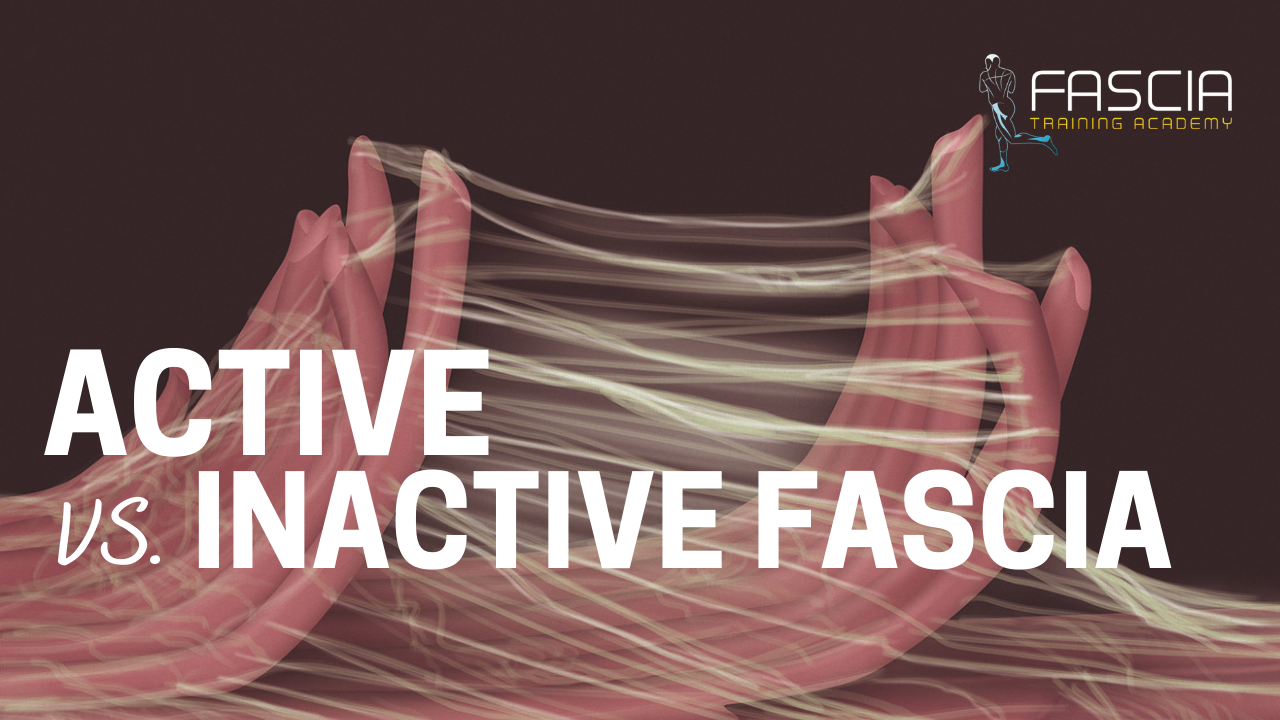ACTIVE FASCIA is lattice-shaped, and becomes more DYNAMIC, STRONG, and more effectively stores and releases ENERGY???
LESS ACTIVE FASCIA becomes very matted and leads to a higher chance of INJURY?

ACTIVE FASCIA is lattice-shaped, and becomes more DYNAMIC, STRONG, and more effectively stores and releases ENERGY???
LESS ACTIVE FASCIA becomes very matted and leads to a higher chance of INJURY?

Join our 10-week virtual mentorship program, featuring live calls with fascia research pioneers—including Dr. Robert Schleip himself. Deepen your understanding of fascia-focused training, gain exclusive insights from leading experts, and get hands-on guidance to confidently integrate this cutting-edge approach into your practice.